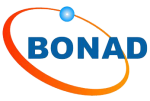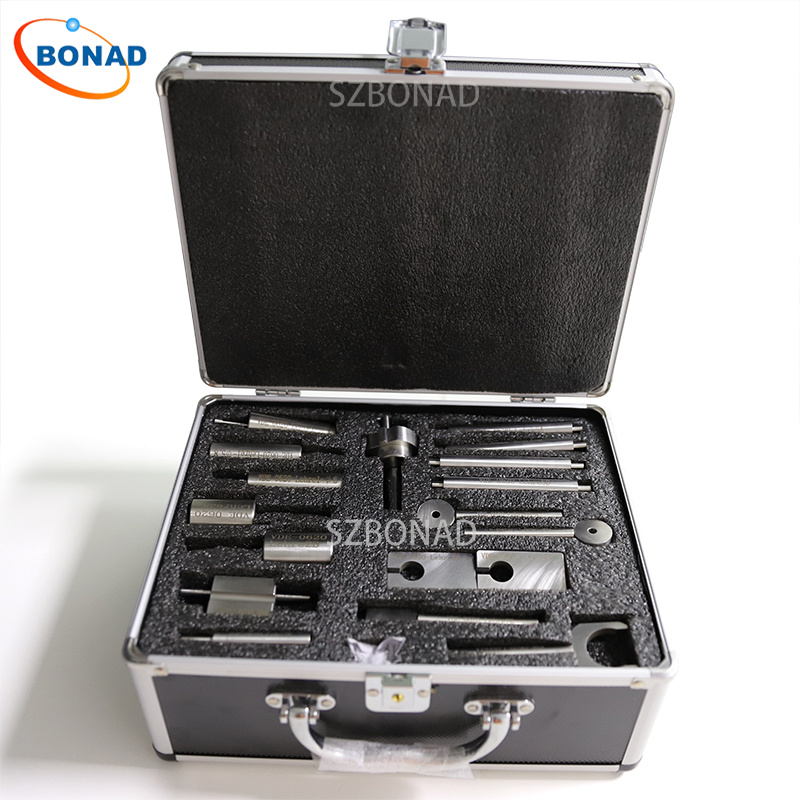Introduction:
In the ever-evolving landscape of technology and engineering, standards are pivotal in ensuring interoperability, consistency, and reliability. Two leading international standards organizations in this domain are the International Electrotechnical Commission (IEC) and the Institute of Electrical and Electronics Engineers (IEEE). This article provides an in-depth comparison of IEC and IEEE standards, focusing on their distinct characteristics and primary areas of application.
Overview of IEC Standards:
The International Electrotechnical Commission (IEC) is a global entity that formulates and publishes international standards for electrical, electronic, and related technologies. Since its inception in 1906, the IEC has significantly impacted standardization across various domains, from power generation to industrial automation. IEC standards work closely with regulatory bodies worldwide to ensure safety, efficiency, and compatibility across borders.
Key Characteristics of IEC Standards:
- Global Acceptance: IEC standards are recognized internationally and adopted by numerous countries, providing a unified compliance framework for manufacturers and businesses.
- Sector-Specific Development: The IEC creates standards for multiple sectors such as energy generation, renewable energy, automotive, medical devices, telecommunications, and home appliances.
- Certification Programs: The IEC offers comprehensive certification programs that help businesses verify compliance with specific standards, facilitating easier entry into global markets.
Overview of IEEE Standards:
Founded in 1884, the Institute of Electrical and Electronics Engineers (IEEE) is a professional association dedicated to advancing technology across various disciplines including electrical engineering, electronics, computer science, telecommunications, among others. IEEE standards primarily focus on defining technical specifications and best practices to promote innovation, safety, and efficiency.
Key Characteristics of IEEE Standards:
- Technical Depth: IEEE standards are renowned for their technical rigor as they are developed by industry experts, academics, and practitioners.
- Broad Scope: IEEE standards cover a wide array of sectors utilizing electrical and electronic technologies such as digital communication, power systems, wireless networks, computing, and aerospace engineering.
- Layered Architecture: Many IEEE standards employ a layered architecture approach that provides different levels of specifications (e.g., physical layer, data link layer), facilitating seamless system integration.
Comparing IEC and IEEE Standards:
- Scope: Both IEC and IEEE cover various sectors; however, IEC focuses on the entire lifecycle of electrical devices including safety and environmental impact. In contrast, IEEE tends to concentrate on specific technical areas within those sectors to ensure performance and compatibility among interconnected systems.
- Global Adoption: IEC standards have achieved broader global harmonization with many countries adopting them as national standards. Conversely, IEEE standards are more prevalent as industry-specific guidelines in regions like the US but are sometimes integrated into national frameworks.
- Development Process: The development of IEC standards involves a rigorous consensus-based process engaging stakeholders globally. Meanwhile, IEEE relies on collaborative efforts from volunteers within the scientific and technical community who contribute their expertise.
Conclusion:
In the dynamic realm of electrical engineering and technology, both IEC and IEEE standards are essential for promoting interoperability, safety, and innovation. While IEC focuses on wide-ranging harmonization across multiple sectors through its comprehensive approach to standardization, IEEE leverages deep technical expertise to develop precise technical specifications. Understanding these distinctions helps engineers, businesses, and regulators choose the most appropriate standards for ensuring compliance and fostering successful integration of new technologies.


